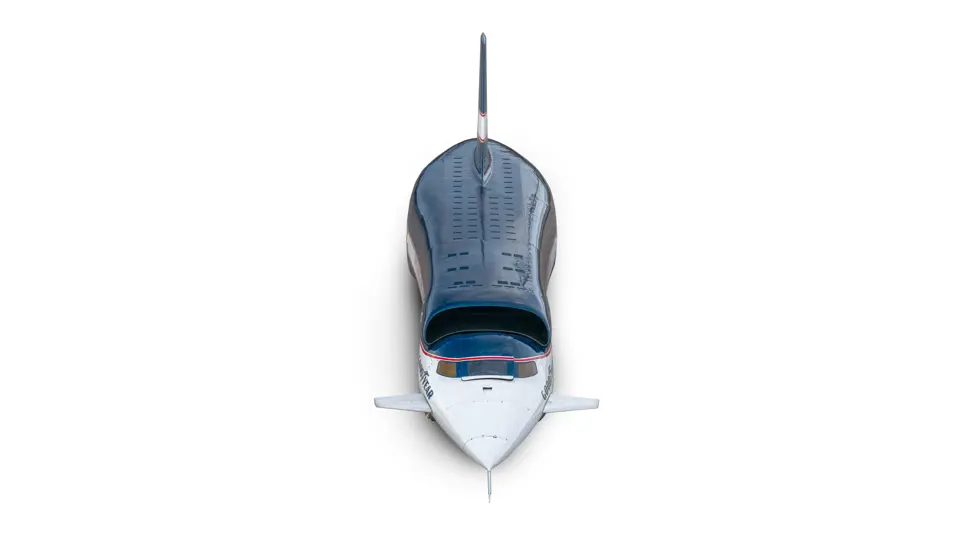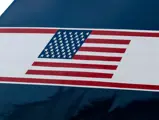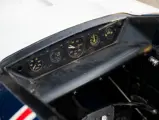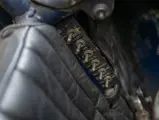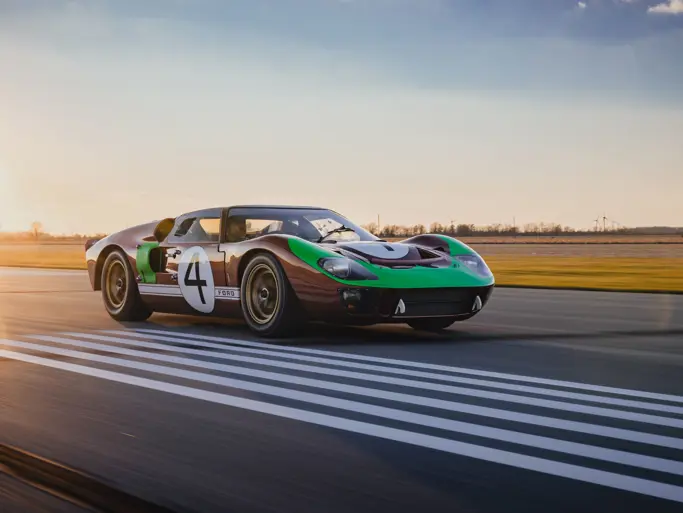The automotive land speed record has existed nearly as long as the automobile itself, beginning with a breakneck 39.24-mph run laid down in France in 1898. In the 20th century, setting new land speed records became a matter of personal, and often national, pride, with French, Belgian, British, and American contenders vying to crack the 100-, 200-, and 300-mph barriers.
But the battle for extreme velocity truly accelerated, so to speak, when California native Craig Breedlove achieved 407.447 mph in his Spirit of America in August 1963. Previous record-setting machines had used a range of powerplants, but all ultimately put power to the ground through driven wheels. Breedlove’s sleek craft was propelled solely by thrust from a GE J47 turbojet engine, as used on the F-86 Sabre fighter plane. On Utah’s Bonneville Salt Flats, land speed had entered its Jet Age.
Breedlove’s reign as the King of Speed was soon challenged by brothers Walt and Art Arfons, who respectively fielded the Wingfoot Express (driven by Tom Green) and Green Monster (driven by Art himself) jet cars with great success. His retort was the car offered here: The Spirit of America Sonic I. With a name that suggested an ambitious goal—the sound barrier—the Sonic I diverged substantially from the dartlike, three-wheeled Spirit of America. The four-wheeled Sonic I was built around a “Coke bottle”-shaped fuselage body over 34 feet in length; this cradled a more powerful GE J79 turbojet (like those found on the F-4 Phantom II interceptor) producing a stated 15,000 pounds of thrust with afterburner. Goodyear, the effort’s major sponsor, provided special tires for the forged aluminum wheels, as well as disc brakes; an aerospace-style drag chute provided additional stopping power. The cockpit even incorporated an onboard air-supply system for the driver.

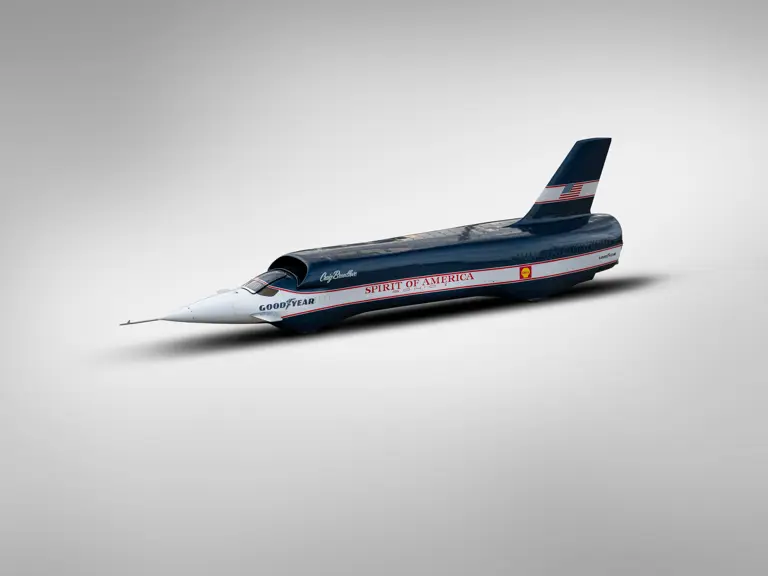


















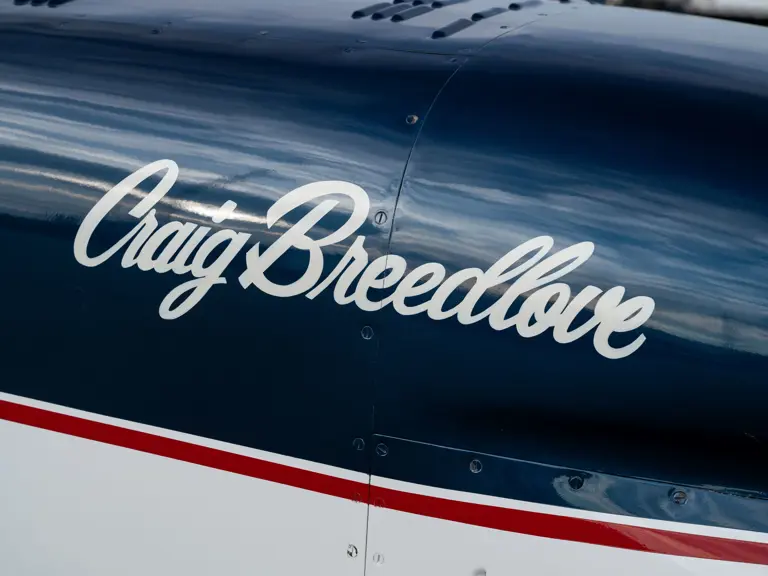










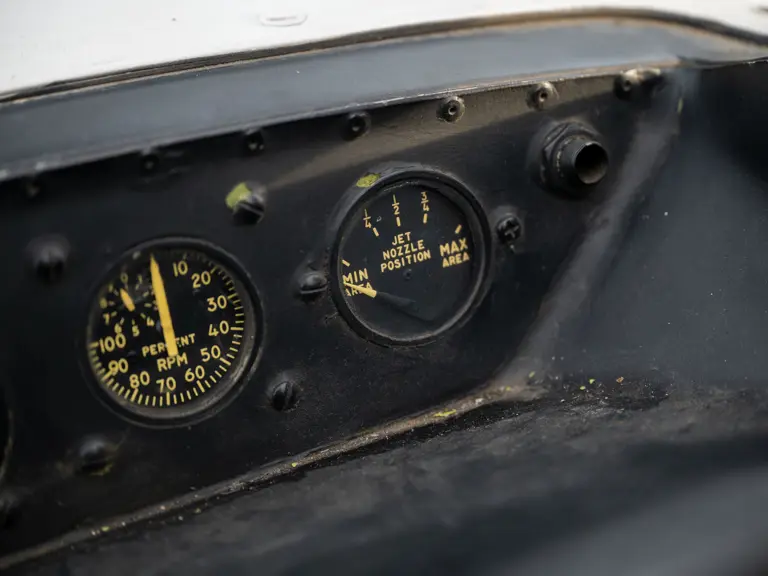

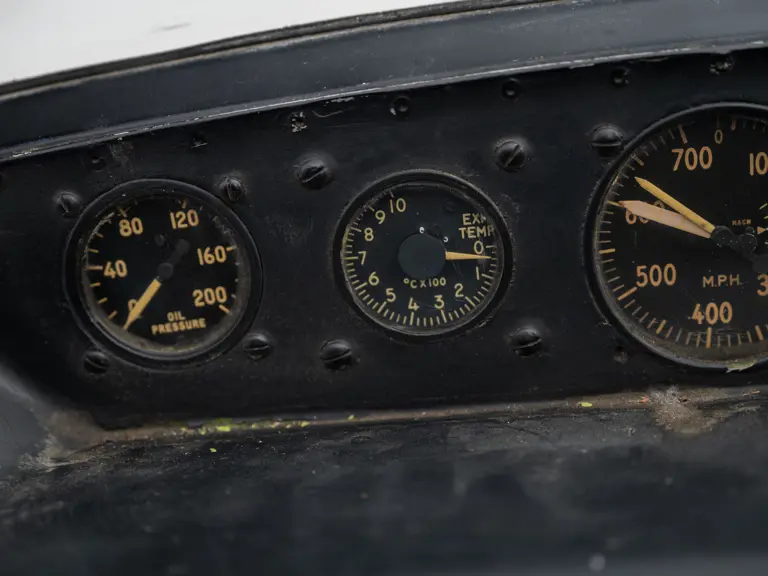

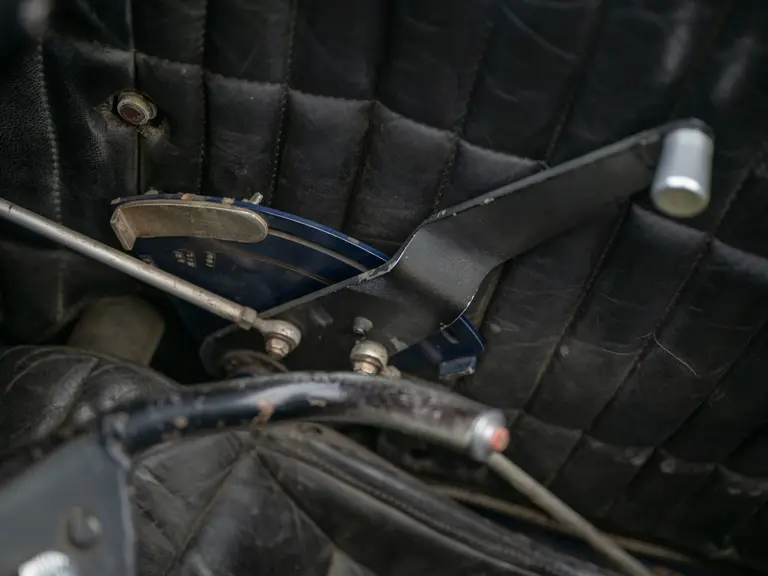


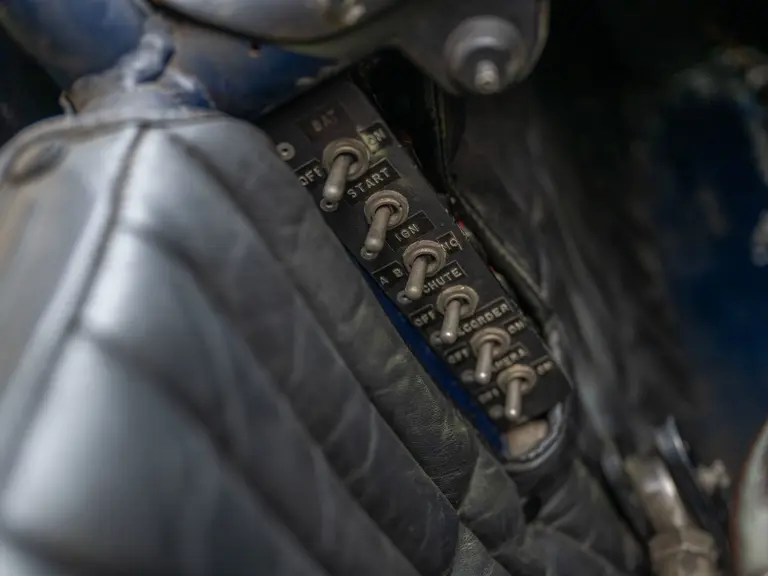
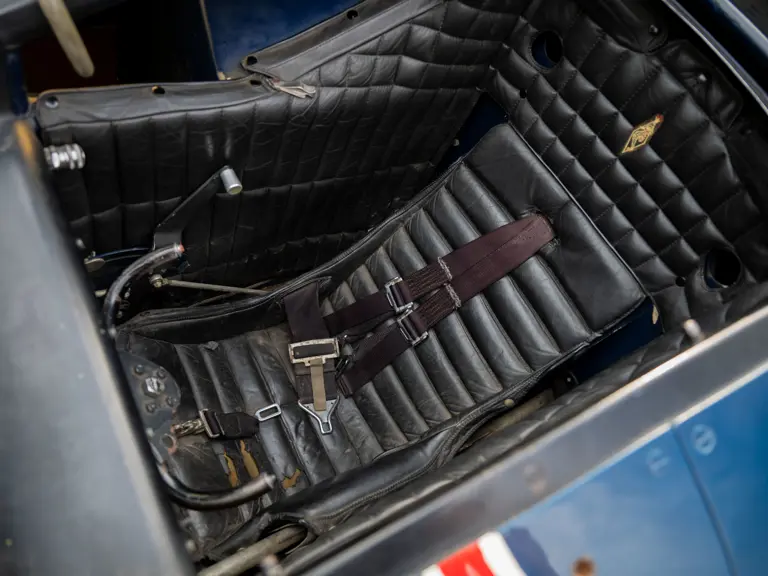

 | Coral Gables, Florida
| Coral Gables, Florida

